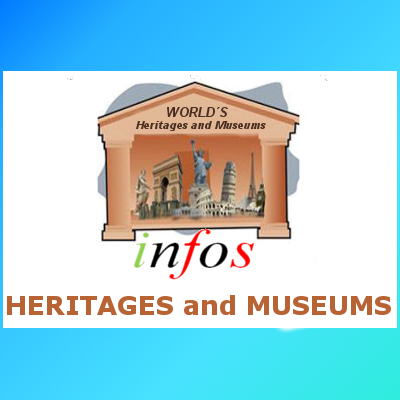Area: 8.108 mi²
Population: 10,084 (2011)
President: Baron Waqa
Official languages: English, Nauruan
Nauru officially the Republic of Nauru and formerly known as Pleasant Island, is a tiny island country in Micronesia, northeast of Australia. It features a coral reef and white-sand beaches fringed with palms, including Anibare Bay on the east coast. Inland, tropical vegetation surrounds Buada Lagoon. The rocky outcrop of Command Ridge, the island's highest point, has a rusty Japanese outpost from WWII. The underground freshwater lake of Moqua Well lies amid the limestone Moqua Caves.
Nauru is a phosphate rock island with rich deposits near the surface, which allowed easy strip mining operations. It has some remaining phosphate resources which, as of 2011, are not economically viable for extraction.[5] Nauru boasted the highest per-capita income enjoyed by any sovereign state in the world during the late 1960s and early 1970s. When the phosphate reserves were exhausted, and the island's environment had been seriously harmed by mining, the trust that had been established to manage the island's wealth diminished in value. To earn income, Nauru briefly became a tax haven and illegal money laundering centre. From 2001 to 2008, and again from 2012, it accepted aid from the Australian Government in exchange for hosting the Nauru detention centre. As a result of heavy dependence on Australia, many sources have identified Nauru as a client state of Australia.
Climate
Nauru's climate is hot and very humid year-round because of its proximity to the equator and the ocean. Nauru is hit by monsoon rains between November and February, but does not typically experience cyclones. Annual rainfall is highly variable and is influenced by the El Niño–Southern Oscillation, with several significant recorded droughts. The temperature on Nauru ranges between 26 and 35 °C (79 and 95 °F) during the day and between 22 and 34 °C (72 and 93 °F) at night.
Languages
The first official language is Nauruan, a distinct Pacific Island language. Some locals speak Tuvaluan or Gilbertese which are quite common around the island since these two ethnic groups have historically worked in the Nauru mining industry.
English - the second official language - is widely understood, spoken, and used for most government and commercial purposes.
Getting Around
Nauru is so small that it takes less than one hour to drive right around it. The airport runway cuts across three of the twenty kilometres of road. The only traffic lights on the island are used to stop the traffic and allow the plane to cross the road to the terminal! The 19km Island Ring Road circles the island. Drivers should be on increased lookout for animals and pedestrians while driving on the beltway. There is a community bus which travels around the island every hour or so during the day. Cars or bicycles can sometimes be rented from Capelle and Partners, the largest local supermarket.
Eat
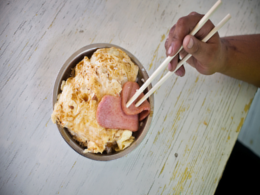 Food is imported from Australia and arrives by ship and plane, usually every week as the vessels have been in operation regularly. There are lots of small "eating places", selling Chinese food. There is a fast food kiosk at Capelle's supermarket served by the locals and at Milton Ross supermarket served by Filipinos. There is also another fast food take away at McDon's, serving Filipino dishes.
Food is imported from Australia and arrives by ship and plane, usually every week as the vessels have been in operation regularly. There are lots of small "eating places", selling Chinese food. There is a fast food kiosk at Capelle's supermarket served by the locals and at Milton Ross supermarket served by Filipinos. There is also another fast food take away at McDon's, serving Filipino dishes.
Nauru has a serious obesity problem, as will become apparent as soon as you arrive. The decision to mine the phosphates led to almost complete loss of agricultural land, with the result that almost everything is imported. Such imported foods are usually processed and high in sugar and fat. Several studies have cited the country as the fattest in the world.
Dining in Nauru is a great experience. During your Nauru tours, enjoy all kinds of delicious and healthy dishes. Since, Nauru is an island nation, seafood is very popular in its restaurants. Most of the restaurants of Nauru offer delicious seafood dishes.
If you go to the restaurants in Nauru, you will be offered authentic dishes that are loved by all. The cuisine of Nauru is highly influenced by the cuisines of countries such as Germany, Australia, China and Britain. You can savour all kinds of mouthwatering dishes in the various restaurants and bars in Nauru.
Safety
Like many other Pacific Islands, Nauru is surrounded by a shallow reef with cut-outs through the reef providing access for boats and harbours, and there can be strong currents across the shallow water, moving boats in the harbours, and dangerous marine animals on the reef floor. Ask for advice before venturing into the water.
The trafficking of drugs and narcotics of any kind will be punished severely.
Although homosexual acts in Nauru were legalised in 2016, open displays of affection between same-sex partners may offend some.
Things To Do
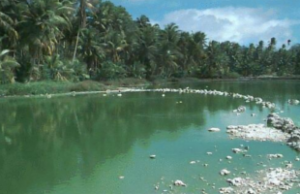 The Buada Lagoon a tropical body of water, and the only body of water on the island is a very picturesque spot in the lower middle of the island. |
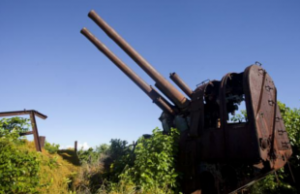 Explore World war relics In Yaren. Spot the remains of Japanese guns, bunkers and pillboxes left over from WW2. |
 Swim in Anibore Harbour, which is the best bet for swimming, as most beaches are too shallow and rocky. |
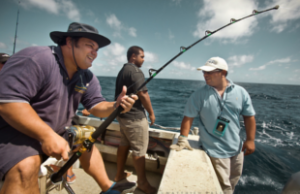 Fish: Head out to sea and try your luck at game fishing |
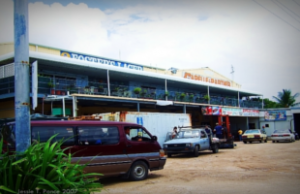 Shop at Capelle & Partner, the only department store and largest business on Nauru island. |
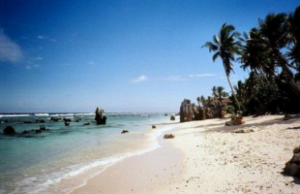 Anibare Bay is a large bay in the Anibare District of eastern Nauru island. |
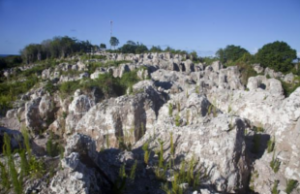 Climb Command Ridge, Nauru's highest point. |
Accommodation Booking
|
 |
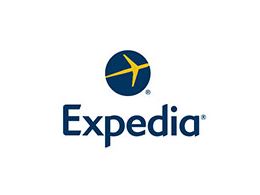 |












